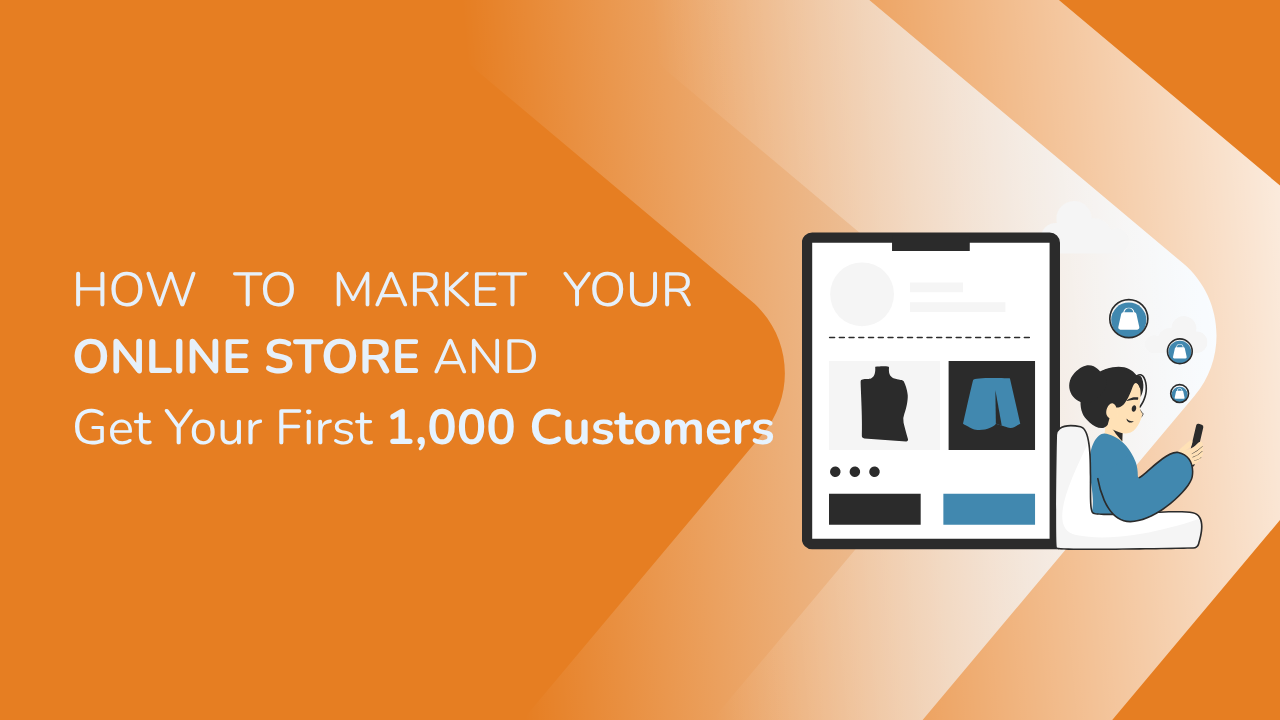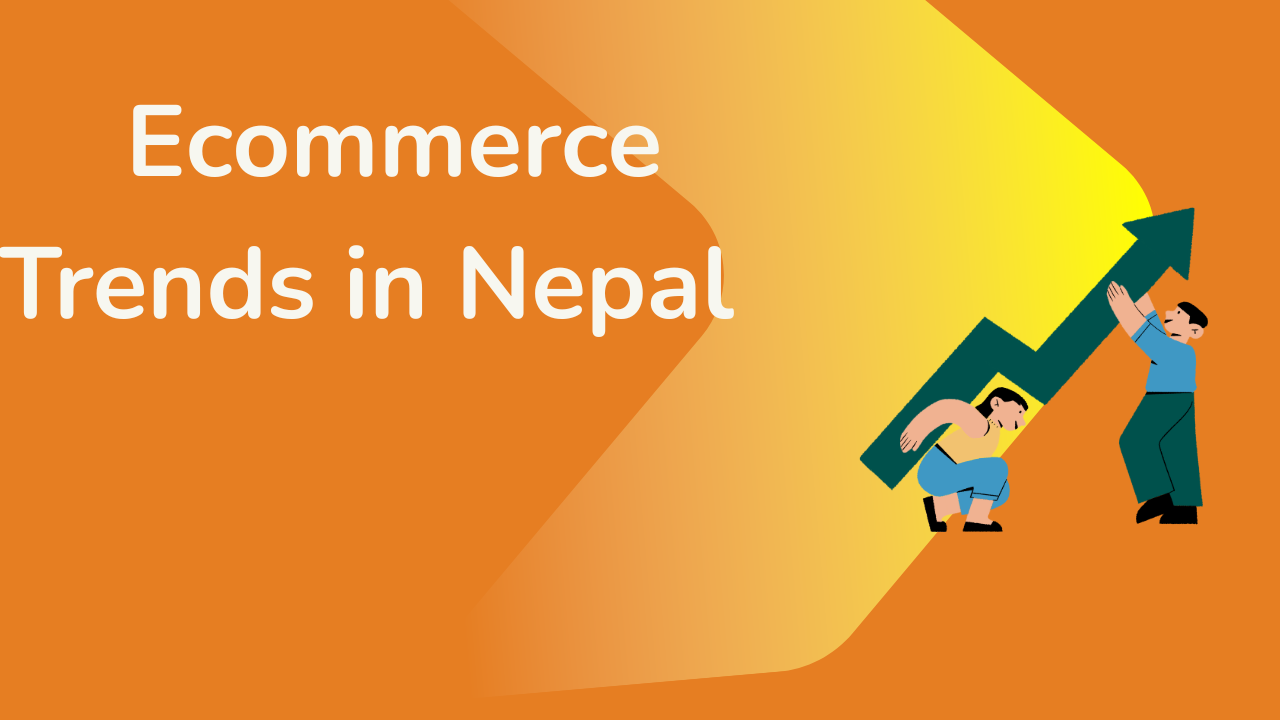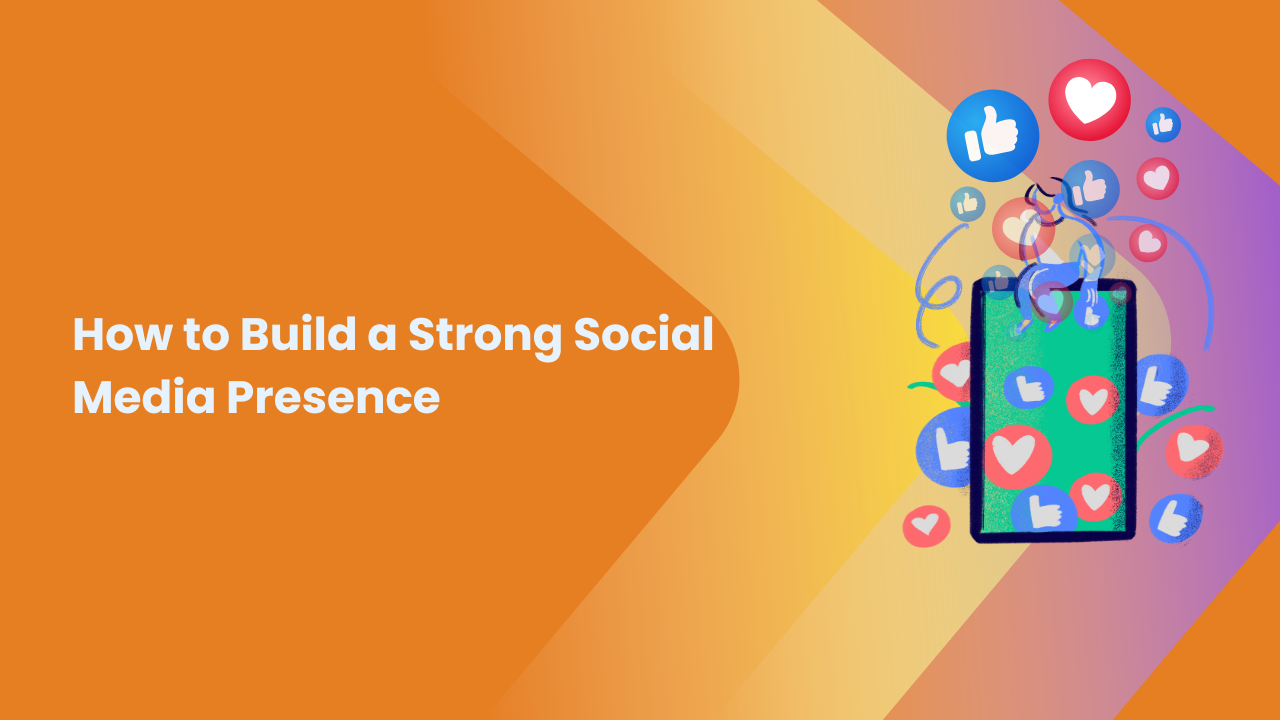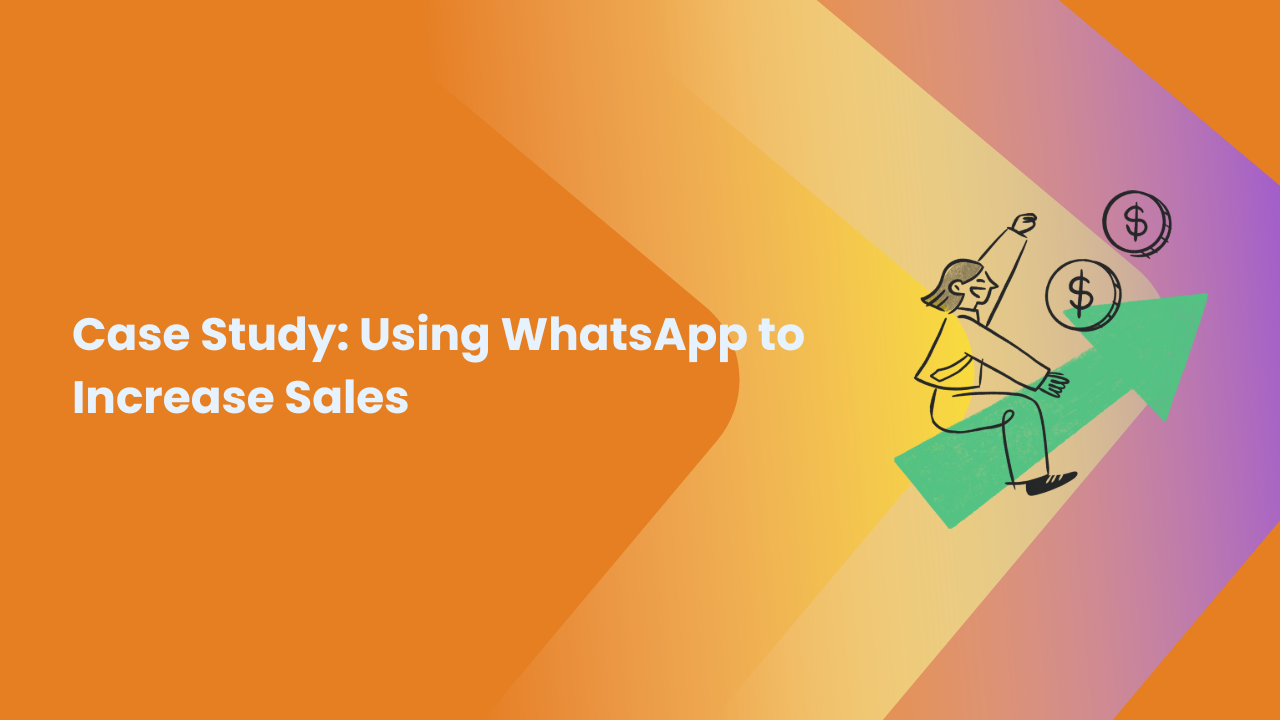Share this Article
Introduction: The Importance of Website Optimization in E-commerce
In today’s fast-paced digital world, businesses must go beyond simply having an online presence. The e-commerce market is crowded, and customers have countless options at their fingertips. For this reason, optimizing your website for online sales is not just an added advantage—it is a necessity. An unoptimized website can result in poor user experiences, slow loading times, low search visibility, and ultimately fewer sales. On the other hand, a well-optimized website attracts more visitors, engages them effectively, and guides them seamlessly through the buying process.
Optimizing a website for online sales involves more than adjusting visuals or uploading product images. It is a holistic process that includes enhancing user experience, streamlining navigation, integrating secure payment systems, building trust with customers, implementing SEO strategies, and ensuring the website is mobile-friendly. The optimization process also considers psychological triggers, persuasive design, and digital marketing strategies that together influence buying decisions.
In this comprehensive guide, we will explore in detail the key strategies to optimize your website for online sales, covering everything from technical improvements to content strategies, conversion rate optimization, trust-building techniques, and post-purchase engagement. By the end, you will understand how to transform your website into a powerful sales engine that maximizes revenue while delivering value to customers.
Building a Strong Foundation for Your Online Store
Understanding Your Target Audience
Before any optimization can begin, businesses must understand their target audience. The way a website is designed, structured, and marketed depends heavily on who the customers are. For example, an online clothing brand targeting Gen Z will need vibrant visuals, mobile-first design, and active integration with social media platforms, while a B2B software website will require more professional layouts, detailed product information, and case studies.
Optimizing for sales means tailoring the website to the audience’s preferences, pain points, and online behavior. This can be achieved through customer surveys, analytics tools, and market research. By gathering data on age, gender, location, interests, and purchasing habits, businesses can create customer personas that guide the website optimization process.
Choosing the Right E-commerce Platform
The choice of an e-commerce platform forms the backbone of online sales optimization. Popular platforms such as Shopify, WooCommerce, Magento, and BigCommerce each come with unique features, flexibility, and scalability. A good platform should support SEO, offer customizable templates, integrate with payment gateways, and provide tools for inventory management.
A poorly chosen platform can limit growth and complicate optimization efforts. Therefore, businesses must carefully evaluate their long-term goals, technical expertise, and budget before selecting a platform.
Website Architecture and Navigation
One of the most critical aspects of website optimization is creating a logical structure and smooth navigation. Customers should be able to find what they are looking for within seconds. A confusing layout leads to frustration, abandoned sessions, and lost sales. A streamlined navigation system with clear menus, well-defined product categories, and an effective search bar makes shopping intuitive.
Breadcrumbs, internal linking, and call-to-action (CTA) placements also play an essential role in guiding users from browsing to checkout. A clutter-free design reduces friction and creates a more satisfying shopping experience.
Enhancing User Experience (UX) for Higher Sales
Website Speed and Performance
Studies show that nearly 40% of visitors leave a website if it takes more than three seconds to load. Website speed is one of the most crucial elements of optimization for online sales. A fast website improves not only user satisfaction but also search engine rankings.
To enhance speed, businesses should compress images, enable browser caching, use content delivery networks (CDNs), and minimize unnecessary scripts. Regular speed tests with tools like Google PageSpeed Insights and GTmetrix help identify areas for improvement.
Mobile Responsiveness
With more than half of online shopping now taking place on mobile devices, mobile responsiveness is no longer optional—it is essential. A responsive design ensures that the website adapts to different screen sizes without compromising usability or aesthetics.
Optimizing for mobile includes using mobile-friendly fonts, touch-friendly buttons, simplified navigation, and ensuring that images and videos load smoothly on smartphones and tablets. A mobile-first approach increases sales conversions significantly.
Visual Appeal and Branding
A visually appealing website builds trust and enhances user engagement. Colors, fonts, images, and videos should align with the brand’s identity and communicate professionalism. High-quality product images, interactive videos, and 360-degree product views enhance the shopping experience.
Consistency in branding across the website creates familiarity, which builds customer confidence. A strong brand voice, clear messaging, and emotional appeal influence purchasing decisions.
Content Optimization for Sales
SEO for E-commerce Websites
Search Engine Optimization (SEO) is the foundation of driving organic traffic to your website. Without SEO, even the best-designed websites struggle to attract visitors. Optimizing product descriptions, meta tags, titles, and URLs helps search engines understand your offerings.
Long-tail keywords, optimized product categories, and structured data enhance visibility. Blogging and publishing guides related to products can also drive organic traffic. For instance, a fitness equipment store can publish blog posts about workout routines, which in turn attract potential customers.
Compelling Product Descriptions
Product descriptions play a crucial role in influencing buying decisions. A generic or copied description will fail to convince customers. Instead, product descriptions should be unique, engaging, and benefit-driven. They should highlight features but emphasize how those features solve problems or add value.
Adding storytelling elements and using persuasive language can make descriptions more compelling. Incorporating customer reviews, FAQs, and usage tips also adds authenticity and encourages purchases.
The Role of High-Quality Visual Content
In online shopping, customers cannot physically touch or test the product. This makes high-quality visual content indispensable. Clear images from multiple angles, videos demonstrating product use, and even augmented reality (AR) experiences bridge the gap between physical and digital shopping.
The better customers can visualize the product, the higher the chances of conversion.
Conversion Rate Optimization (CRO) Strategies
Effective Call-to-Actions (CTAs)
CTAs act as signposts that guide users toward completing a purchase. Effective CTAs are clear, action-oriented, and strategically placed across the website. Instead of generic phrases like “Click Here,” CTAs should use persuasive language such as “Buy Now,” “Get Started,” or “Claim Your Discount.”
Testing different CTA placements, colors, and wordings through A/B testing helps identify the most effective approach.
Simplifying the Checkout Process
A complicated checkout process is one of the primary reasons for cart abandonment. To optimize for sales, businesses must streamline the checkout experience. Offering guest checkout, minimizing form fields, providing multiple payment options, and ensuring transparency in shipping costs reduce friction.
Auto-fill features, progress indicators, and trust badges further enhance the checkout experience. A smooth and secure process increases conversions and builds long-term loyalty.
The Power of Social Proof in Conversions
Human psychology plays a critical role in online purchasing decisions. One of the most influential psychological triggers is social proof. Customers are more likely to buy a product if they see that others have purchased it and had positive experiences. Social proof can be displayed in the form of customer reviews, testimonials, user-generated content, and ratings.
For instance, a star rating system provides instant trust signals, while authentic customer photos and video testimonials give credibility that no polished advertisement can match. Showcasing how many people have bought a product, displaying real-time purchase notifications, and integrating influencer endorsements are other effective strategies.
Using Urgency and Scarcity Techniques
Urgency and scarcity are proven tactics to boost conversions. By showing limited-time offers, countdown timers, or low-stock notifications, businesses can create a fear of missing out (FOMO). This psychological effect encourages customers to act quickly instead of delaying a purchase.
For example, an online fashion store might display “Only 2 left in stock” on popular products, while a travel booking site may highlight “Deal ends in 3 hours.” When used ethically, urgency and scarcity drive faster decisions and increase conversion rates.
Personalized Shopping Experiences
Generic websites fail to engage customers on a deeper level. Personalization is the key to making customers feel valued and understood. By leveraging customer data and browsing history, businesses can tailor product recommendations, personalized discounts, and relevant content.
Amazon is a prime example of personalization done right. Their “Recommended for You” and “Frequently Bought Together” sections not only enhance user experience but also increase average order value. Personalization can extend to personalized email campaigns, landing pages, and remarketing ads, creating a seamless customer journey that feels unique to each individual.
Building Trust and Credibility
The Role of Secure and Transparent Payment Systems
Trust is one of the biggest barriers to online sales. Customers are often hesitant to share their credit card details on websites they do not trust. To overcome this, businesses must implement secure and transparent payment systems.
Offering trusted payment gateways such as PayPal, Stripe, or local digital wallets reassures customers. SSL certificates, trust badges, and PCI compliance further strengthen confidence. Transparency regarding hidden fees, shipping costs, and return policies also plays a vital role in building trust.
Crafting a Transparent Return and Refund Policy
A customer-friendly return policy can make or break sales. Many customers check the return and refund policy before completing a purchase. A strict or unclear return policy discourages buyers, while a flexible and transparent one builds confidence.
By clearly outlining how returns work, the timeframe, and refund procedures, businesses reduce buyer hesitation. Offering free returns or exchanges further increases conversions and builds brand loyalty.
Building Brand Authority Through Content
Trust is not built overnight; it comes from consistently proving expertise and reliability. Content marketing plays an essential role in building authority. Creating high-quality blogs, video tutorials, case studies, and whitepapers positions a business as an industry leader.
For example, a skincare brand that publishes articles on skin health, ingredient guides, and dermatologist interviews builds credibility. Customers are more likely to buy from a brand they perceive as knowledgeable and trustworthy.
Leveraging Technology and Automation
The Power of Analytics in Optimization
Without measurement, optimization is guesswork. Analytics tools such as Google Analytics, Hotjar, and SEMrush help businesses track user behavior, conversion funnels, bounce rates, and traffic sources.
By studying heatmaps, businesses can see where users click, scroll, and drop off. This data reveals weak points in the customer journey and allows businesses to make informed decisions. Continuous analysis and A/B testing are crucial to improving website performance over time.
Marketing Automation for Sales Growth
Automation tools streamline repetitive tasks and allow businesses to engage customers at scale. Automated email campaigns, abandoned cart reminders, and personalized product suggestions keep potential buyers engaged.
For example, if a customer adds items to their cart but doesn’t complete the purchase, an automated email offering a discount can bring them back. Similarly, post-purchase emails thanking customers and suggesting complementary products encourage repeat purchases.
Chatbots and AI-Powered Customer Support
Today’s customers expect instant support. Chatbots powered by artificial intelligence provide 24/7 customer service, answering common questions, guiding users through the buying process, and even upselling products.
AI can also analyze customer interactions and predict preferences, leading to smarter personalization. By combining technology with human oversight, businesses can enhance user experience while reducing support costs.
Digital Marketing Strategies for Driving Sales
The Role of Search Engine Marketing (SEM)
While SEO drives long-term organic traffic, Search Engine Marketing (SEM) provides immediate visibility through paid advertising. Platforms like Google Ads allow businesses to target potential buyers with high intent. By bidding on relevant keywords, businesses can ensure that their products appear at the top of search results.
For instance, a business selling sports shoes can run ads targeting “buy running shoes online.” Since users searching this phrase are ready to purchase, SEM ensures high conversion rates. Optimizing ad copy, targeting the right demographics, and monitoring performance metrics are essential to maximizing return on investment (ROI).
Harnessing the Power of Social Media
Social media platforms are no longer just networking sites—they are powerful sales channels. Platforms like Instagram, Facebook, and TikTok integrate shopping features, allowing customers to purchase without leaving the app. A visually engaging Instagram shop, for example, can drive impulse buys, especially among younger demographics.
Social proof, influencer collaborations, live shopping events, and user-generated content amplify brand credibility and reach. Paid social media advertising also allows for precise targeting, ensuring products reach the right audience at the right time.
Email Marketing as a Conversion Engine
Despite being one of the oldest forms of digital marketing, email remains one of the most effective channels for driving online sales. Personalized newsletters, exclusive discount offers, and product recommendations keep customers engaged.
Segmentation is key in email marketing. Instead of sending the same email to all subscribers, businesses should segment based on purchase history, location, or engagement level. For example, new subscribers might receive a welcome discount, while returning customers get loyalty rewards.
Affiliate and Influencer Marketing
Affiliate and influencer marketing are powerful ways to expand reach and build trust. Affiliates promote products on their websites or blogs in exchange for commissions on sales, while influencers showcase products to their loyal followers.
Micro-influencers, in particular, tend to have highly engaged audiences and can create authentic connections between the brand and potential buyers. A well-executed affiliate or influencer campaign boosts credibility and drives direct sales.
Post-Purchase Optimization and Customer Retention
The Importance of Post-Purchase Engagement
Many businesses focus heavily on acquiring new customers but neglect post-purchase experiences. Yet, retaining customers is often more cost-effective than acquiring new ones. A satisfied customer is likely to return and make repeat purchases.
Sending personalized thank-you emails, providing order tracking updates, and offering loyalty rewards build strong customer relationships. Engaged customers become brand advocates who spread word-of-mouth referrals.
Loyalty Programs and Rewards
Loyalty programs encourage repeat purchases by rewarding customers for their continued engagement. Rewards can take the form of points, discounts, free shipping, or early access to new products.
For example, a coffee brand might give customers points for each purchase, which can later be redeemed for free products. Loyalty programs not only increase retention but also encourage larger purchases to unlock rewards.
Encouraging Customer Reviews and Referrals
Reviews are powerful tools for building trust and boosting sales. After a purchase, businesses should encourage customers to leave reviews by offering small incentives such as discounts on their next purchase.
Referral programs also drive new customers through existing ones. By rewarding both the referrer and the referee, businesses can tap into personal networks to expand their customer base organically.
Scaling and Sustaining Online Sales Growth
Expanding Product Offerings
As businesses grow, expanding product lines helps maintain momentum. Adding complementary products increases average order value and appeals to a wider audience. For instance, a brand that sells laptops might expand into accessories such as laptop bags, headphones, or stands.
However, expansion should be strategic. Businesses must research market demand, analyze competitors, and test new products before full-scale launches.
Entering New Markets
Scaling online sales often involves entering new geographical markets. International expansion requires adapting websites to local languages, currencies, and payment systems. Cultural nuances must also be respected.
For example, an American brand expanding into Asia may need to integrate region-specific payment gateways like Alipay or WeChat Pay while adjusting marketing messages to resonate with local audiences.
Continuous Innovation and Adaptation
The digital landscape evolves rapidly. What works today may not be effective tomorrow. Businesses must stay updated with emerging technologies such as AI-driven personalization, voice commerce, and augmented reality shopping.
Continuous experimentation, A/B testing, and monitoring consumer behavior ensure that businesses remain ahead of competitors. The key to long-term success lies in adaptability and innovation.
Conclusion: Turning Your Website into a Sales Powerhouse
Optimizing a website for online sales is not a one-time task but a continuous journey of improvement. From understanding your audience to refining navigation, enhancing user experience, leveraging SEO, crafting compelling product descriptions, and streamlining checkout processes, each step contributes to higher conversions. Building trust through secure payments, transparent policies, and customer engagement further strengthens relationships and boosts sales.
Technology, analytics, and automation provide powerful tools to personalize experiences, streamline operations, and maximize efficiency. Digital marketing strategies such as SEM, social media, email, and influencer marketing expand reach and drive traffic, while post-purchase engagement ensures customer loyalty and advocacy. Finally, scaling efforts through product expansion, international growth, and constant innovation sustains long-term success.
A well-optimized website is more than just an online store—it is a dynamic, customer-focused ecosystem that attracts, engages, and converts visitors. Businesses that prioritize optimization not only increase sales but also build meaningful relationships with customers in an increasingly competitive digital marketplace.
Categories:
Marketing & Growth
Tags:
strategies
,
Optimize







